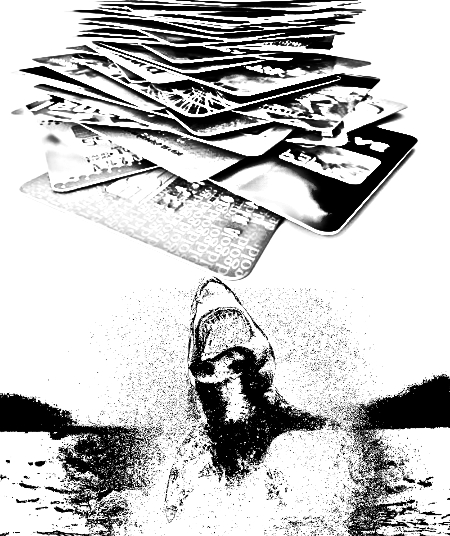RBA takes a swipe at flight rewards
 Airline loyalty and credit card reward programs could get a bit less generous under new rules in the wake of a Reserve Bank review.
Airline loyalty and credit card reward programs could get a bit less generous under new rules in the wake of a Reserve Bank review.
The Reserve Bank has been investigating the rewards programs and the fees that go with them.
It focused in particular on ‘interchange fees’; amounts paid by a retailer's bank to the consumer credit card company whenever a customer swipes their card.
More rewards come with higher fees, so a top-tier platinum card regularly costs retailers six times that of the lowest-cost card.
Interchange fees raise about $2 billion each year for the loyalty schemes, which injects significant new cash into airlines and credit card issuers while covering the cost of the rewards programs themselves.
The Reserve Bank says smaller retailers are forced to shoulder the bulk of the cost, because big retailers are able to negotiate lower rates.
The RBA has hinted that it will lower the cap on interchange fees from the current 50 basis points, which would punch a big hole in bank and airline revenue.
Banks have to pay airlines from 1 to 1.2 cents for every airline point a customer earns, with funds coming out of the interchange fee.
“In the case of Qantas in particular the loyalty program has earned about $1.4 billion in the past 5 years when the airline group itself has earned about $2 billion,” airline economist Tony Webber says.
It means that if interchange fees are lowered, the schemes will be forced to be less generous.
The Australian Payments Clearing Association, of which the airlines and big banks are members, is opposing changes to the system.
Chief executive Chris Hamilton says RBA intervention will affect rewards programs.
“If the regulator moves to significantly reduce interchange fees through regulation it is likely that card holders will see reduced benefits and possibly increased fees,” he said.








 Print
Print